While restaurants mostly use fresh scallops, these come at a higher price, so a lot of people opt for the frozen option instead – just because they’re frozen doesn’t mean they can’t taste good.
Of course, you’re going to need to learn how to defrost scallops correctly before you can cook them, so today I’m going to tell you all there is to know about the three most commonly used defrosting methods.
Quick Navigation
Before You Do Anything, Check The Package Instructions

Sometimes there’s no need to defrost your scallops before cooking them – it all depends on the particular brand of frozen scallops you’re using. Some will recommend deep frying (or pan frying) the scallops as soon as you take them out of the freezer; if that’s what the instructions say, stay away from defrosting them ahead of time.
Keep in mind that this may vary from brand to brand, so what worked for you previously, may not work with a different brand of frozen scallops – make sure you read the instructions beforehand.
All the info you need will, in most cases, be right there on the package. Of course, if you feel like the instructions weren’t clear enough – or there isn’t any at all – you can always call the customer service department. They’ll be able to tell you everything you need to know about defrosting (and preparing) your particular brand of frozen scallops.
Defrosting Scallops: Three Ways To Do It
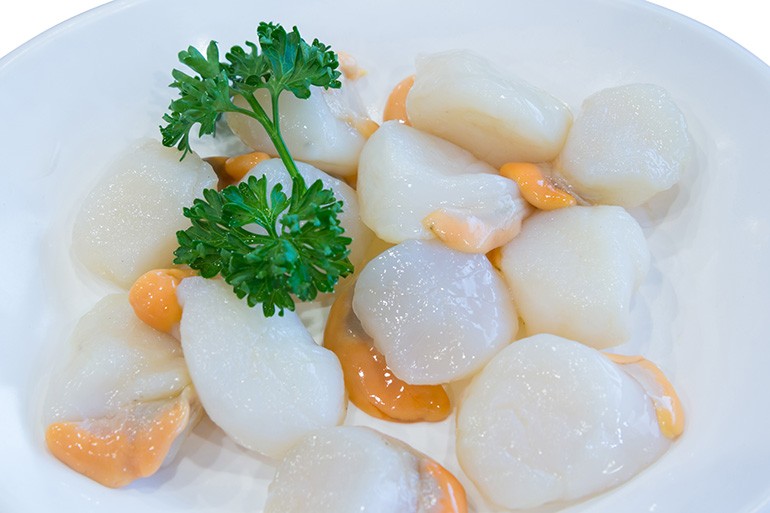
Here’s all you need to know about defrosting scallops properly:
Refrigerator: For Those Who Planned Ahead
Using the fridge is, by far, the best method to defrost scallops. However, it’s also the most time-consuming one, which means it requires some planning – if you’re in a rush, you should opt for one of the remaining two methods.
Here’s what I meant when I said it’s time-consuming:
It takes time, I know, but it’s the best way to do it – they’ll defrost gradually, and there’s no chance of damaging them in any way during the process.
Anyway, here’s what you’ll need:
A large bowl.
There are two reasons why a large container is mandatory. First off, you want all your scallops to fit in it, and secondly, you need to keep in mind that, as they defrost, all that ice around them turns into water. So, to avoid opening your fridge in the morning and finding it’s full of water due to the overflowing of the bowl, use one that’s deep enough to accommodate the scallops, as well as the melting ice.
Plastic wrap.
You’ll need to cut a sheet of plastic wrap big enough to cover the top of the bowl. Just cover the container and secure the ends of the wrap at the bottom. If the dish comes with a lid, there’s no need for plastic wrap – you can use the lid instead. What’s important is that your scallops are covered so that no contaminants get into the bowl as they defrost.
The right temperature
You must be wondering what’s the best temperature for defrosting the scallops; to answer your question, the temperature should go below 38 degrees Fahrenheit. A good rule of thumb is 37°F – you don’t need to go any lower than that. Remember to take the rest of the food in your fridge into consideration – if there’s something that might go bad in this temperature, find a suitable alternative storage place for them for the time being.
Microwave: A Quick, But Risky Move
Check if your microwave has a defrost setting – that’s about 30 percent of your microwave’s regular heat setting. Also, you shouldn’t leave the scallops in for longer than 30 seconds at a time. When the timer sets off, take them out and check if they’re adequately defrosted; if they still feel solid and cold to the touch, put them back in the microwave for another 30-second round of defrosting.
Besides the microwave (which is a rather obvious requirement), you’ll also need:
A microwave-safe container.
It would be best to use a glass or porcelain container; plastic bowls that are microwave-safe are also an option, but those tend to give off a particular “plastic smell.” Again, the dish needs to be large enough for the scallops to fit without overfilling it – leaving a flat surface is necessary, as it makes covering the bowl with paper towels a lot easier.
Paper towel.
You’ll need the paper towel to cover the scallops once you’ve placed them into a microwaveable container. It will protect the tender scallops during the defrosting in the microwave and lessen the chances of them being partially cooked by the microwave’s heat. Pay attention to the thickness of the paper towels you’re using here; ideally, it should be the three-ply one. Avoid thin paper towels at all costs – they’ll dissolve in contact with the moisture of the scallops.
Cold Running Water: If You Decide Against Using The Microwave
If you don’t want to use the microwave out of the fear of accidentally cooking the scallops instead of just defrosting them, and leaving them in the refrigerator isn’t an option anymore, using running water is the way to go.
Always make sure you’re using cold water in the process.
For this method, you won’t need much:
A resealable plastic bag.
The scallops shouldn’t come in contact with the water – that’s why you’ll need a resealable bag. Place the scallops in the bag, seal it and put it in the bowl – it’s as simple as that. Make sure you closed the bag properly – nobody likes waterlogged scallops.
A bowl.
Place the bowl under running water and let it fill up while moving the scallops around a bit. Let them sit in the plastic container for around ten minutes or so, then replace the water; essentially, you’re giving the scallops a cold water bath.
Wrapping It Up
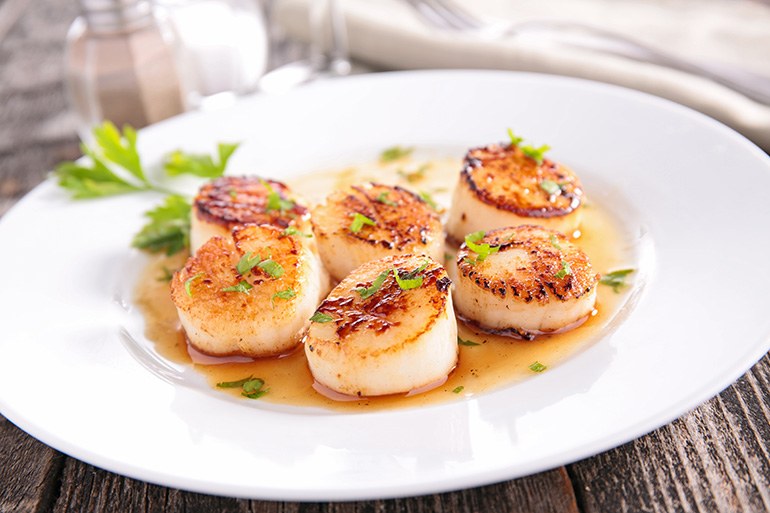
So, there you have it – the complete guide on how to defrost scallops.
Ultimately, it’s up to you – any of this methods is a valid one.
Just make sure you don’t contaminate or damage the delicate scallops before you move on to cooking them.
– You might want to check out this article: What Is a Scallop – The Best Way to Cook Scallops.

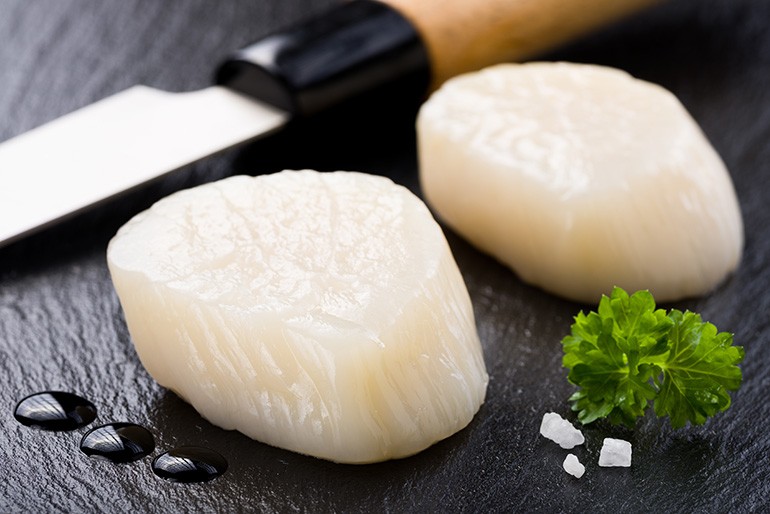
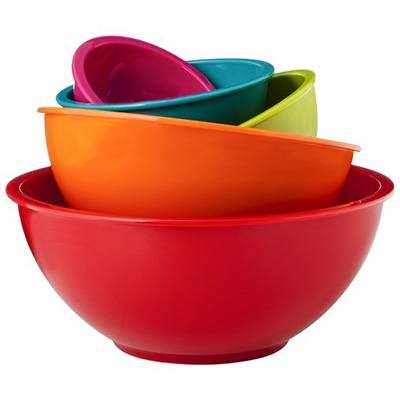

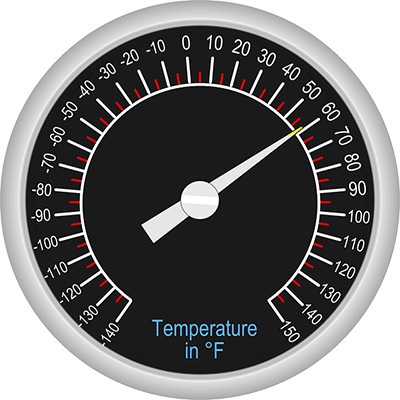
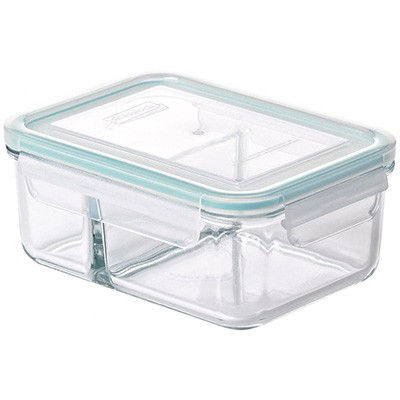
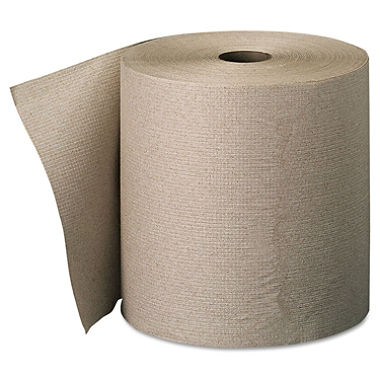
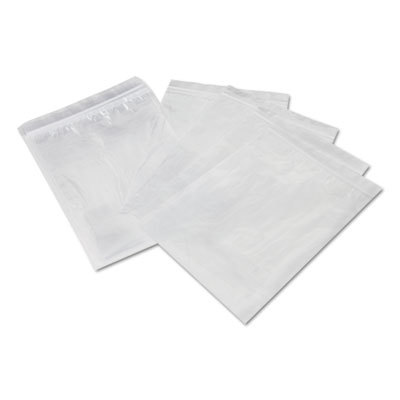
0 comments
Just want to comment that there shouldn’t be any overflowing due to the ice melting. Water expands to form ice so when it melts again the water level will actually be lower rather than before, not higher.